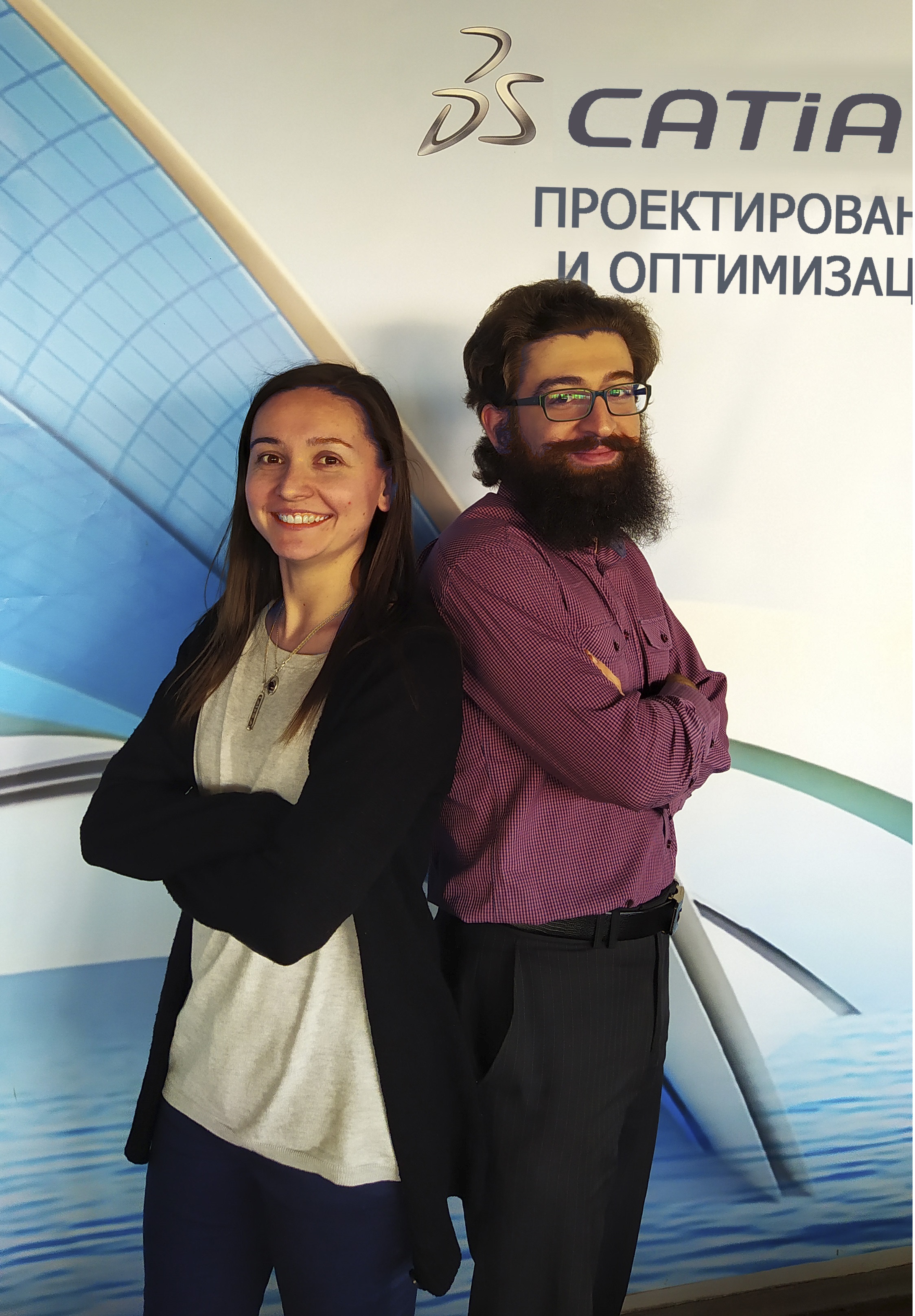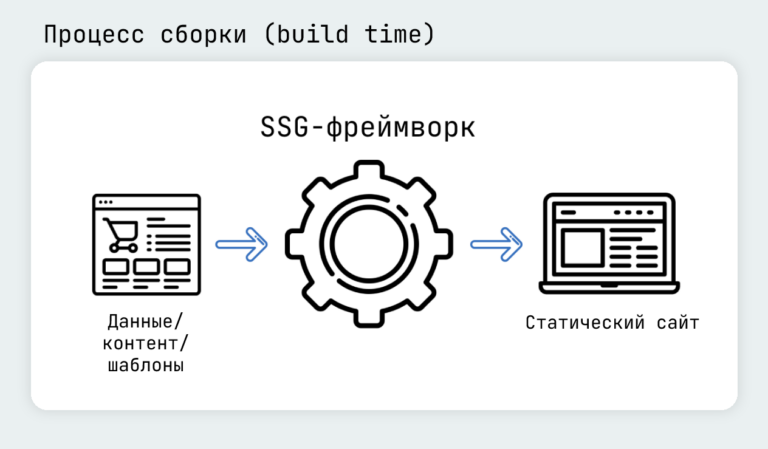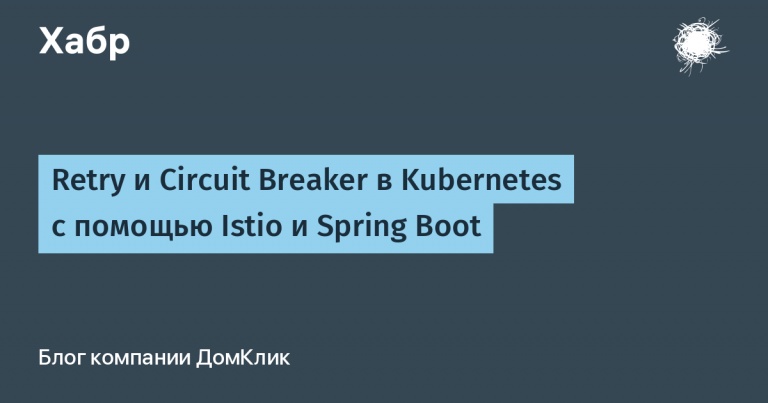About University Teaching Dassault Systèmes Products
Our acquaintance with Dassault Systèmes Products It began about ten years ago when we started working at the Institute of Information Technologies of St. Petersburg State Medical University.
Over time, we began to be attracted to consulting users, and later – to write methodological recommendations and instructions for solving certain problems. At the same time, we constantly tried to expand our knowledge of the system, making maximum use of the possibilities of teaching materials available to Dassault Systèmes partners. So, Armen went deep into work with assemblies, parameters and catalogs, and I managed to study the nuances of laying pipelines and arranging equipment using CATIA V5.
At some point, we were offered to work with students, asking them to read the CATIA course. We thought – why not. Working with students was not a novelty to me – before that, I had been teaching higher mathematics for 1-2 years for many years, and Armen, as a graduate student, had the experience of teaching at the Department of Marine ICE.
Basically, our students are masters, in extreme cases – bachelors of senior courses in shipbuilding specialties, there are groups of evening-correspondence faculty. Working with such adults is much easier than with freshmen, so no difficulties in relationships or mutual understanding arise.
Those we are teaching now understand very well why they are studying and what they need from studying at the university. Often students already work in design bureaus and / or in production, and in such cases, our communication with them becomes interesting. The guys tell us which aspects of working in CATIA are most useful to them, and if another CAD is used at the workplace, we can get a fairly detailed comparative analysis of the CATIA functionality and third-party CAD.
At the same time, I want to note that students very accurately and accurately notice the advantages and disadvantages of using various systems.
We build training as follows. At the first meeting, we talk about the Dassault Systèmes information environment, the product life cycle and warn that we will get acquainted with only a small part of it – 3D modeling. Then, over the course of five meetings, we present the basic CATIA course, starting with working in a sketch and ending with creating a drawing based on a three-dimensional model. Throughout the course, students complete practical tasks on the current topic, and the final chord of training is an individual course project, the meaning of which is to simulate an object (part or assembly) and tell about it on the pages of their work, acting according to one of the following scenarios.
For those who already have a diploma topic, we offer to help with the visual part or prepare a 3D model for subsequent analysis (for example, a hull shape model for analyzing the propulsion of a designed vessel).
For students who have not yet decided on a graduation project, we advise you to think about a hobby and visualize something from it – in our opinion, a good way to motivate a student to use all the knowledge and skills acquired during the semester.
Those who fail to come up with anything, we send to well-known video hosting companies to look for interesting step-by-step instructions and try to repeat what they like. With this approach to choosing topics for term papers at a session, it’s often not so much we test students as the students themselves share their impressions, throw us different questions about all the nuances of working in CATIA, and start discussions about the best version of a particular model.
As a result, we get from the stream about hundreds of chic and quite diverse works devoted to the most diverse and sometimes even unexpected topics. Here are just some of the most memorable of them.
Krichman Mikhail designed the hull at SOLIDWORKS. I decided to repeat in CATIA.

Mistakhov Ildan managed to achieve quite smooth body contours on their own.
Shilkina Marina set the task to build a theoretical drawing of the ship’s hull, having a coordinate table as the source data.

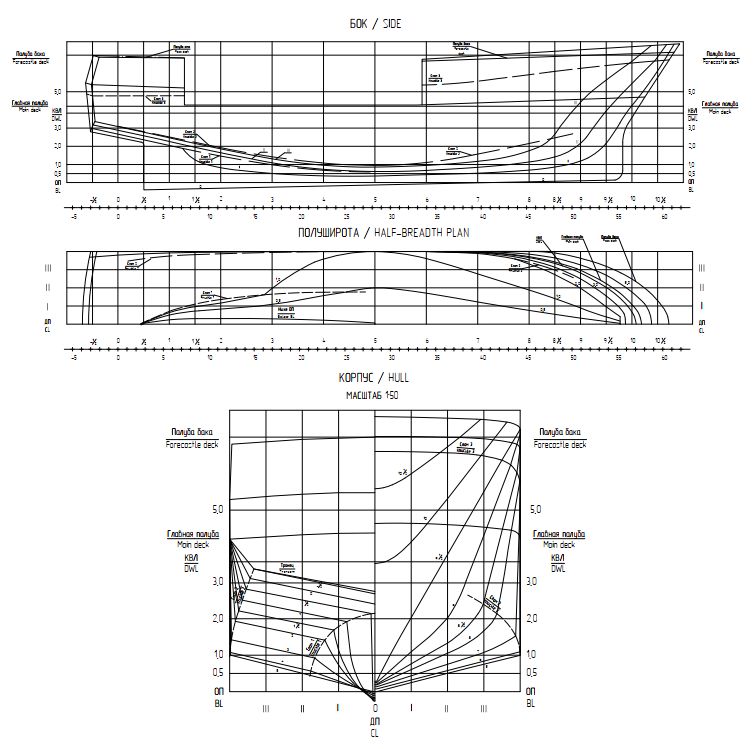
Pavlovsky Mikhail depicted his version of the spacecraft.
Kucherenko Irina chose a classic work – a design of an internal combustion engine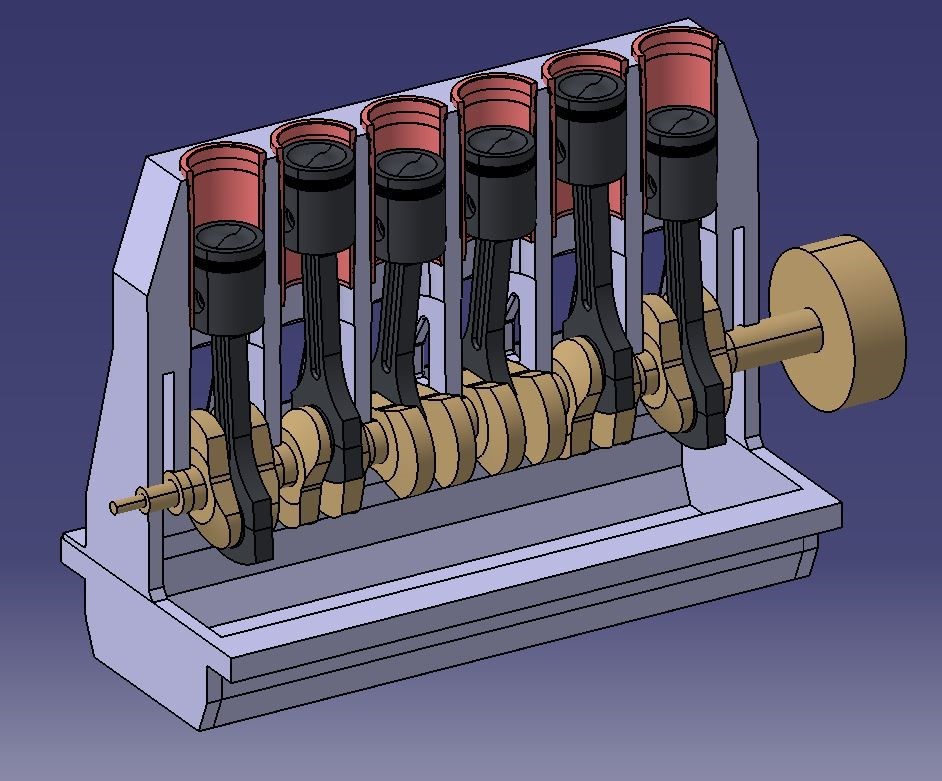
Danil Albaev reproduced a chessboard with figures placed on it
Elizaveta Ovsyannikova developed label decoration and rendering of a plastic bottle model.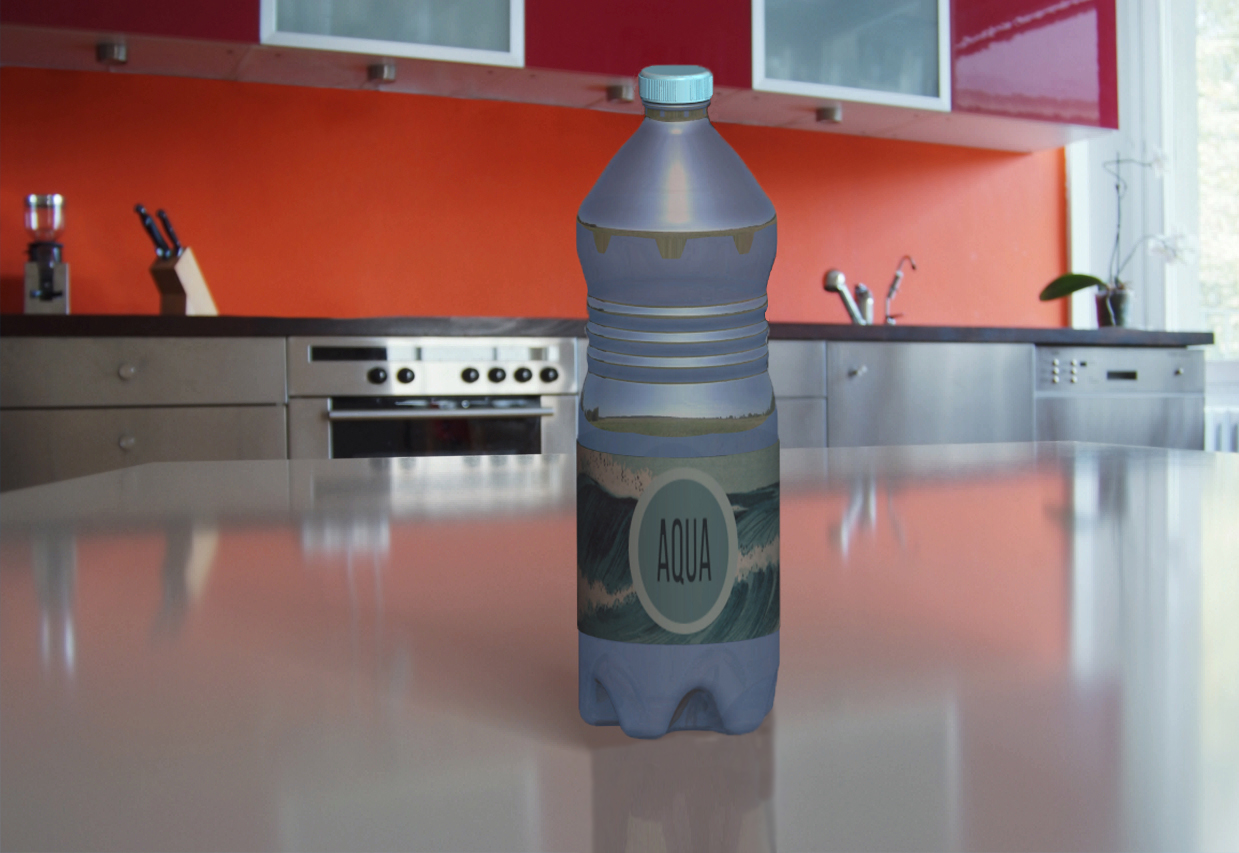
Ilya Strukov He designed the assembly of the product, taking live dimensions from real parts.


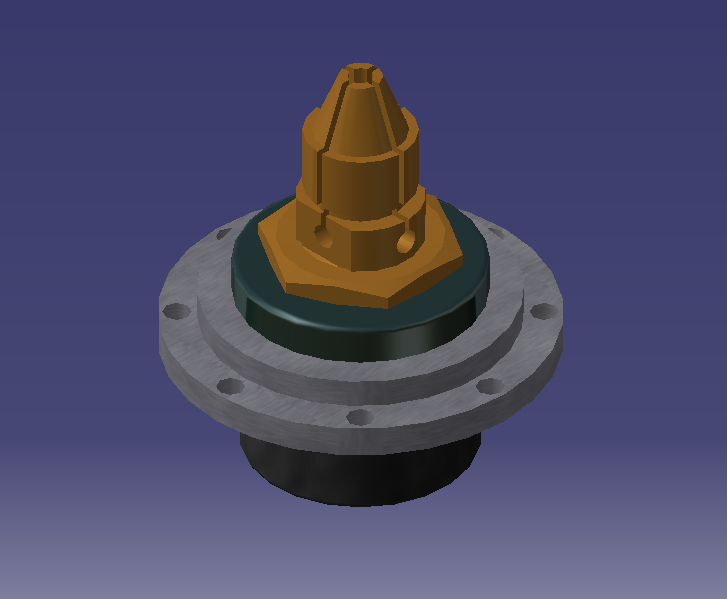
Any educational process involves the availability of teaching materials. However, we were faced with an almost complete lack of information on working in CATIA V5 in Russian. Along with this, we have accumulated some of our own notes and sketches on the basics of working with Dassault Systèmes products.
So the idea to create community on VK social networkas a platform on which we could share our experience and knowledge. And then it turned out to be convenient to answer the student’s next question “look in the group, there is a post on this subject”. In an ideal perspective, we would like the group to become a place of communication between students and already held professionals in technical industries. Then some could receive high-quality comments and answers to their questions, examples of solving real problems. And others, in turn, looked after future potential interns and / or employees.
In addition, annually faced with the need to pass the Dassault Systèmes affiliate certification, we thought about the possibility of something similar for our students. So we went to Dassault Systèmes certification program and shared this information with students. We helped those interested in passing the first Sample level, for which it is enough to simply register in the system. The remaining levels must be passed in certification centers, which the university is not yet. But we really hope that it will be in the near future.
Passing such certification provides students with several advantages at once. Firstly, each person who passes the exam receives not just an assessment in the sheet and in the set-off, but a document from the CAD developer, which confirms the knowledge just acquired. Secondly, this document is a digital certificate with the official signature of Dassault Systèmes and it can be placed as a link in a summary on the relevant sites of Russia and the world.
In our opinion, the basic course of work in a design system of such a level as CATIA V5 – This is a great opportunity for students of technical specialties to get an idea of modern means of engineering work and analysis.
We always tell the guys that even if in the future they don’t work specifically in CATIA V5, the knowledge and skills gained from us will help them better understand the principles of modern design and lifecycle management of the product, will allow them to look more broadly at the tasks they are facing, and in the global sense, to become a more valuable engineering staff, as they will be better prepared for the realities of industry 4.0.
We have many plans. We hope to realize the idea with the certification of students within the walls of “Ship”.
In addition, starting from the new school year, we plan to train in the environment 3DEXPERIENCE, and these are completely different concepts and ideology.
We are sure it will be difficult, but interesting. Of course, do not forget about your group in VK, we plan to continue to develop it, fill it with content dedicated to both CATIA V5 and 3DEXPERIENCE.
We will be happy to share with you the news about our successes in the next article!
Authors: Armen and Nadia
